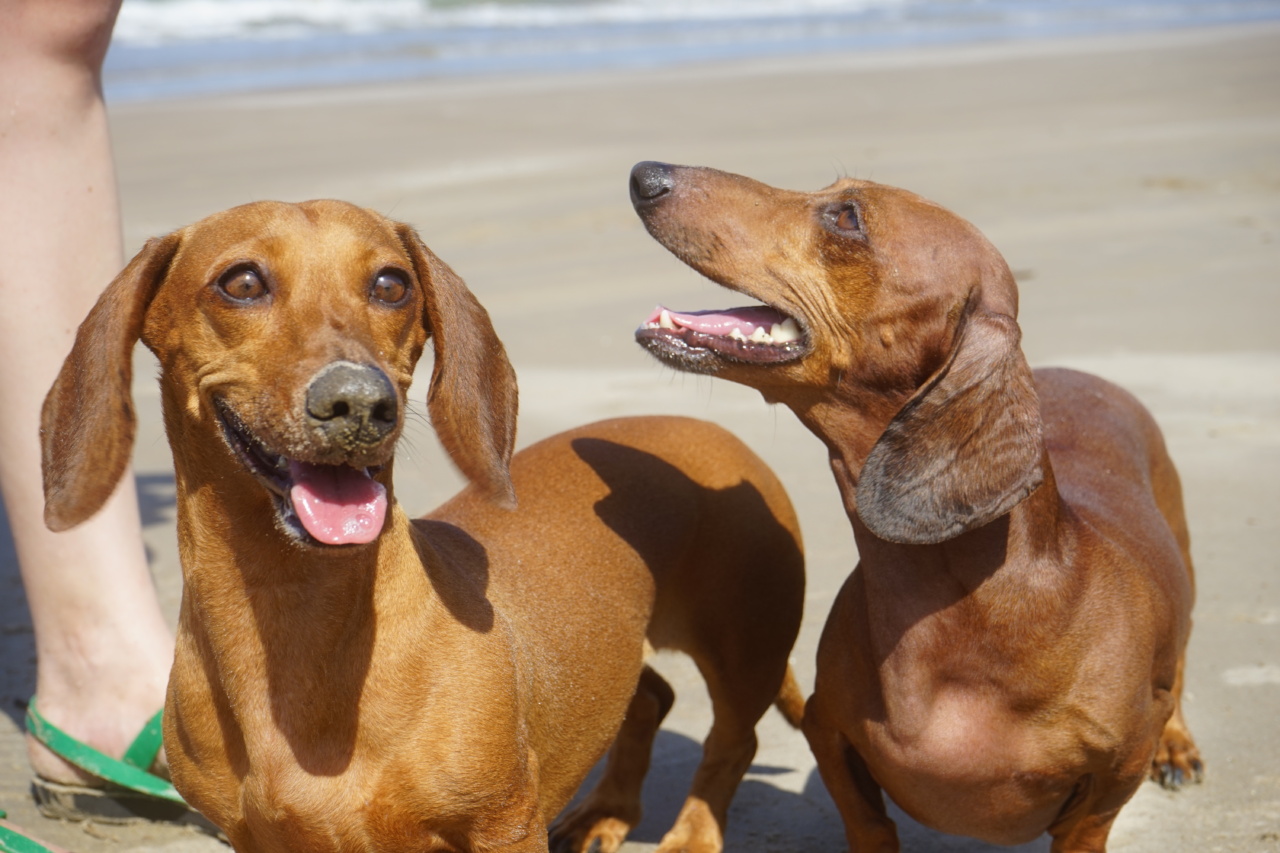When it comes to intelligence, many people often assume that bigger means better. It’s a common belief that larger dog breeds tend to be smarter than their smaller counterparts.
However, is this notion really true? Can small dogs be smarter than big dogs? Let’s delve into the world of canine intelligence and find out.
The Measure of Canine Intelligence
Before we compare the intelligence of small and big dogs, it’s important to establish what we mean by “intelligence” in the context of canines. Intelligence in dogs can be assessed in various ways:.
1. Trainability
Trainability refers to a dog’s ability to learn and obey commands. This is often measured by the number of repetitions it takes for a dog to learn a new command and how consistently they can perform the learned behaviors.
2. Problem-Solving Skills
Dogs with exceptional problem-solving skills can quickly figure out how to overcome obstacles or find solutions to puzzles. This aspect of intelligence is often observed through cognitive tests and interactive toys.
3. Working and Job Performance
Working or job performance intelligence is specifically related to a dog’s ability to excel in tasks related to their roles or jobs, such as herding, guarding, or assisting people as service dogs.
Breeds that were originally bred for specific jobs often display high levels of working intelligence.
Size vs. Intelligence: Debunking the Myth
Contrary to popular belief, the size of a dog does not necessarily determine its level of intelligence. While certain breeds may have been selectively bred for specific traits, including intelligence, these traits are not solely linked to size.
Many small dog breeds have proven to be remarkably intelligent and quick learners. For example, the Border Collie, considered one of the smartest dog breeds, is of medium size.
Similarly, the Papillon, a small toy breed, is known for its high level of trainability and problem-solving abilities.
On the other hand, it’s important to note that large dog breeds can also be highly intelligent.
For instance, the German Shepherd, a large breed, is renowned for its trainability and is commonly used as a working dog in various fields, including search and rescue, police work, and military tasks.
Factors Affecting Canine Intelligence
When discussing canine intelligence, it’s crucial to consider that intelligence can vary significantly within each individual breed, regardless of its size. Several factors can influence a dog’s intelligence:.
1. Genetics
Genetics plays an essential role in a dog’s intelligence. Traits related to trainability, problem-solving skills, and working abilities are often inherited from the dog’s parents.
However, it’s important to remember that intelligence is not solely determined by genetics.
2. Socialization and Training
The environment in which a dog is raised also plays a vital role in their intelligence. Proper socialization and training from an early age can greatly enhance a dog’s cognitive abilities, regardless of its breed or size.
3. Individual Differences
Just like humans, dogs have individual differences in intelligence. Even within the same litter or breed, one dog may excel in problem-solving skills while another may demonstrate exceptional trainability.
The Importance of Canine Enrichment
No matter the size or breed, it’s crucial for dog owners to provide their pets with mental stimulation, enrichment, and regular training.
These activities not only keep dogs mentally sharp but also strengthen the bond between the owner and the furry companion.
Interactive toys, treat puzzles, obedience training, and engaging in age-appropriate activities can significantly improve a dog’s cognitive abilities and overall intelligence.
Conclusion
Size does not dictate a dog’s intelligence level. Both small and big dogs have the potential to be highly intelligent and trainable.
Factors such as genetics, socialization, training, and individual differences play a crucial role in determining a dog’s intelligence, surpassing the influence of size. It’s important for dog owners to focus on providing their pets with the right mental stimulation and enrichment to unlock their true cognitive potential.



























